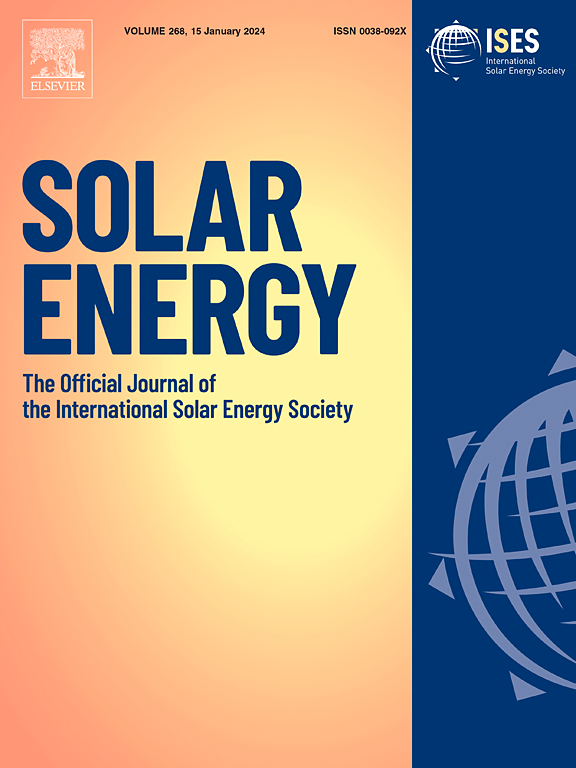中国凉山州太阳能光伏电站选址优化:政策整合、多标准空间规划框架
IF 6
2区 工程技术
Q2 ENERGY & FUELS
引用次数: 0
摘要
发展太阳能光伏发电(PV)对中国实现 "双碳 "目标和向清洁能源转型至关重要。选址作为早期的一个关键步骤,往往会忽视土地空间规划的限制,并受到主观决策模糊性的影响。本研究引入了一个新颖的框架,用于在中国的空间规划范围内确定光伏电站的最佳选址。通过两个筛选阶段和三个决策过程,在太阳能和水能资源丰富的凉山州(LS)进行了验证。对地形、气候、经济和水光互补性等标准进行评估,以确定光伏用地的适宜性。利用三角模糊数 TOPSIS 方法和地理信息系统技术,研究确定了光伏安装的理想区域(DAPs)。研究结果表明,59.66% 的俄勒冈州土地不适合光伏发电,其余地区被划分为高度适宜区(0.56%)、中度适宜区(2.31%)、适宜区(3.94%)和弱适宜区(33.52%)。DAPs主要位于会理、盐源和会东县,而德昌和西昌等地区则显示出水光互补的潜力。最重要的是,该方法旨在提高光伏太阳能发电效率,支持地方空间规划,并带来经济和环境效益。本文章由计算机程序翻译,如有差异,请以英文原文为准。
Optimizing solar photovoltaic plant siting in Liangshan Prefecture, China: A policy-integrated, multi-criteria spatial planning framework
The development of solar photovoltaic (PV) energy is essential for China to meet its ’dual-carbon’ goals and shift towards cleaner energy sources. Site selection, a key early step, often neglects land spatial planning constraints and suffers from subjective decision-making ambiguity. This study introduces a novel framework for identifying optimal sites for PV plants within China’s spatial planning. Through two screening stages and three decision-making processes validated in Liangshan Prefecture (LS), where solar and hydro resources are abundant. Criteria such as orography, climate, economy, and hydro-solar complementarity are evaluated to determine PV land suitability. Utilizing the triangular fuzzy number TOPSIS method and GIS technology, the study identifies the desirable areas for PV installations (DAPs). The study highlights that 59.66% of LS’s land is unsuitable for PV, with the remaining areas classified as highly suitable (0.56%), moderately suitable (2.31%), suitable (3.94%), and weakly suitable (33.52%). The DAPs are predominantly located in Huili, Yanyuan, and Huidong counties, while areas like Dechang and Xichang show potential for hydro-solar complementarity. Above all, the methodology aims to improve PV solar power generation efficiency, support local spatial planning and deliver economic and environmental benefits.
求助全文
通过发布文献求助,成功后即可免费获取论文全文。
去求助
来源期刊

Solar Energy
工程技术-能源与燃料
CiteScore
13.90
自引率
9.00%
发文量
0
审稿时长
47 days
期刊介绍:
Solar Energy welcomes manuscripts presenting information not previously published in journals on any aspect of solar energy research, development, application, measurement or policy. The term "solar energy" in this context includes the indirect uses such as wind energy and biomass
 求助内容:
求助内容: 应助结果提醒方式:
应助结果提醒方式:


